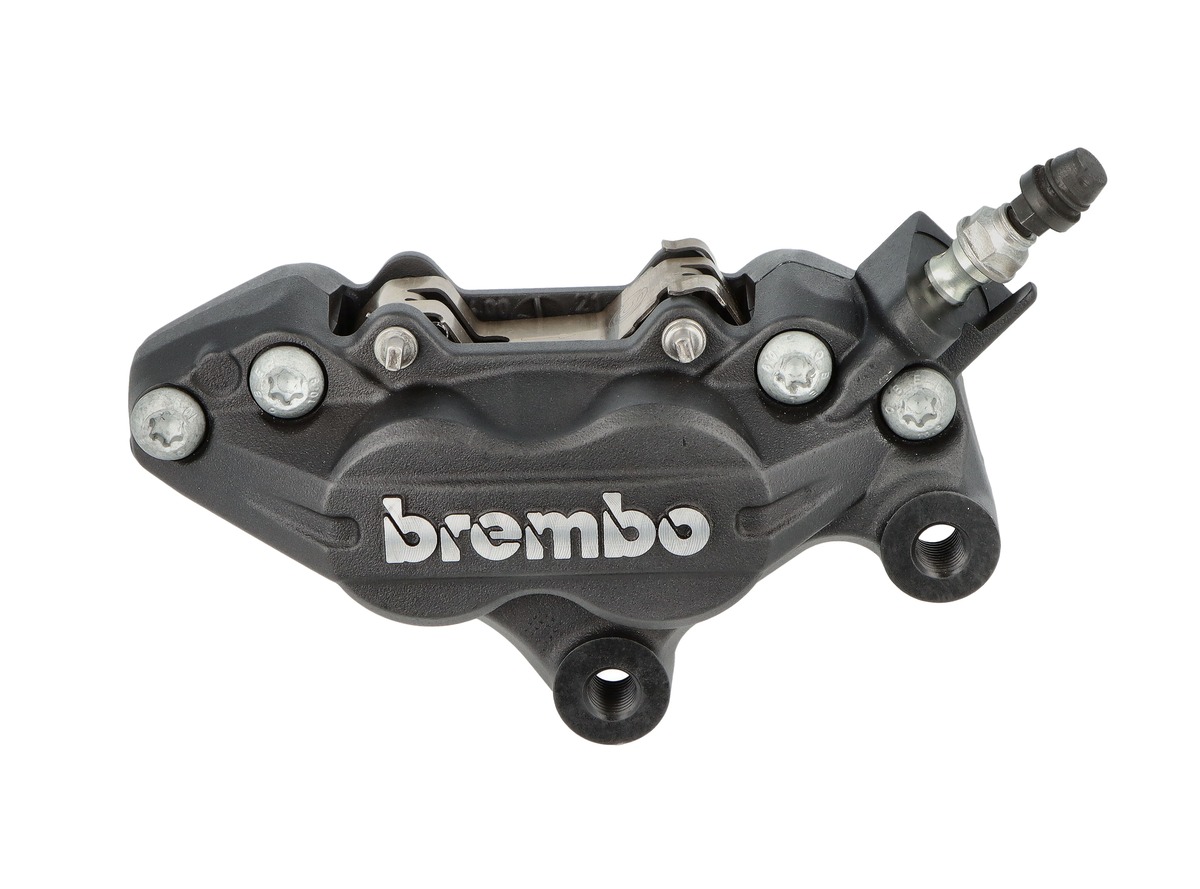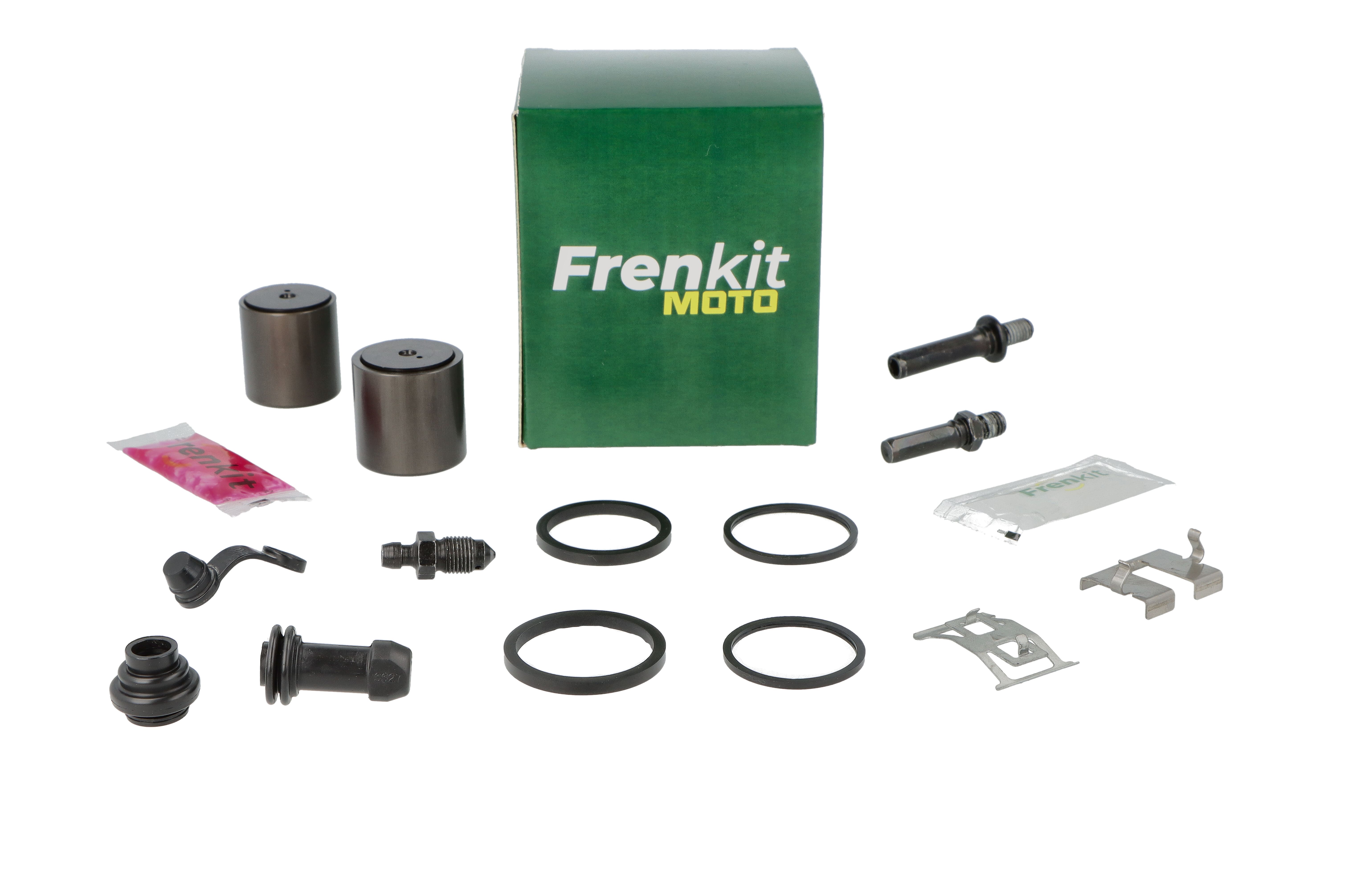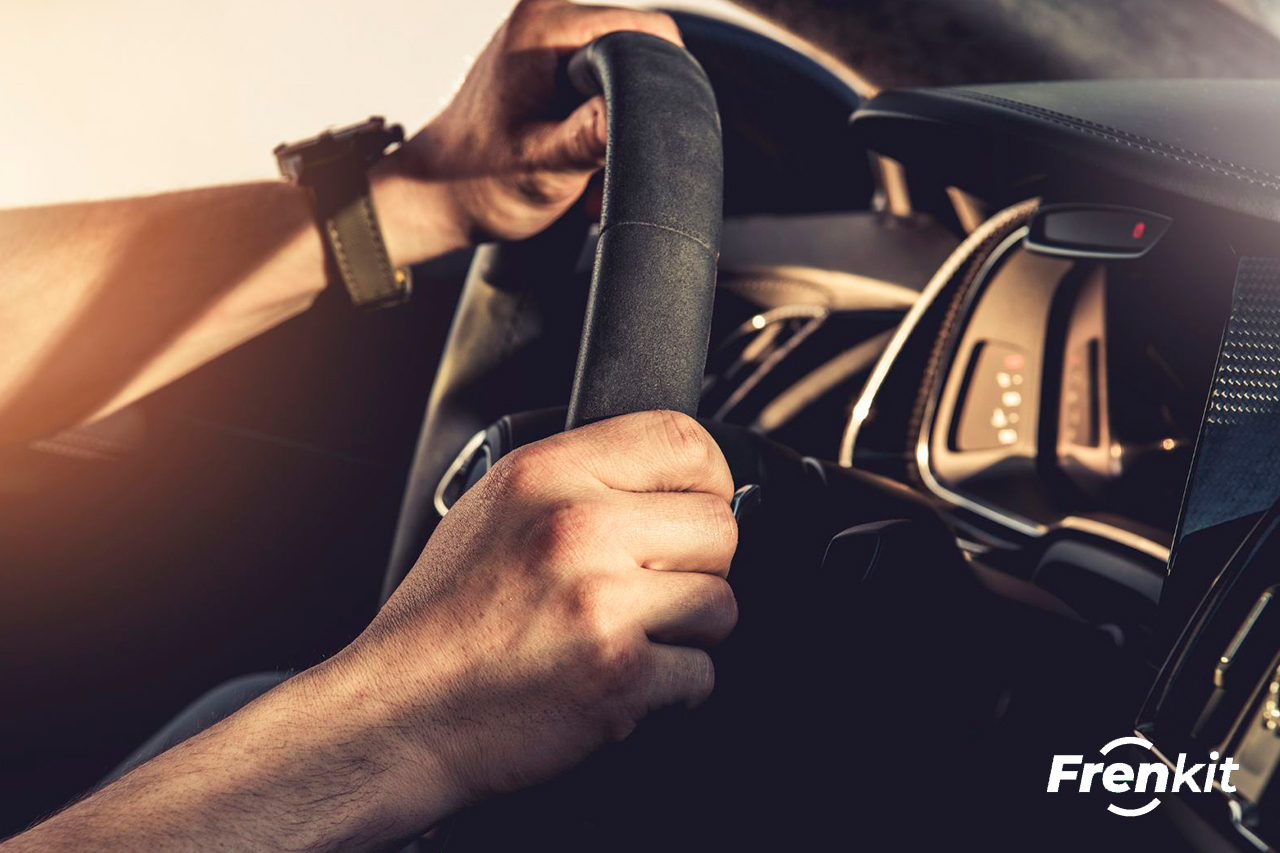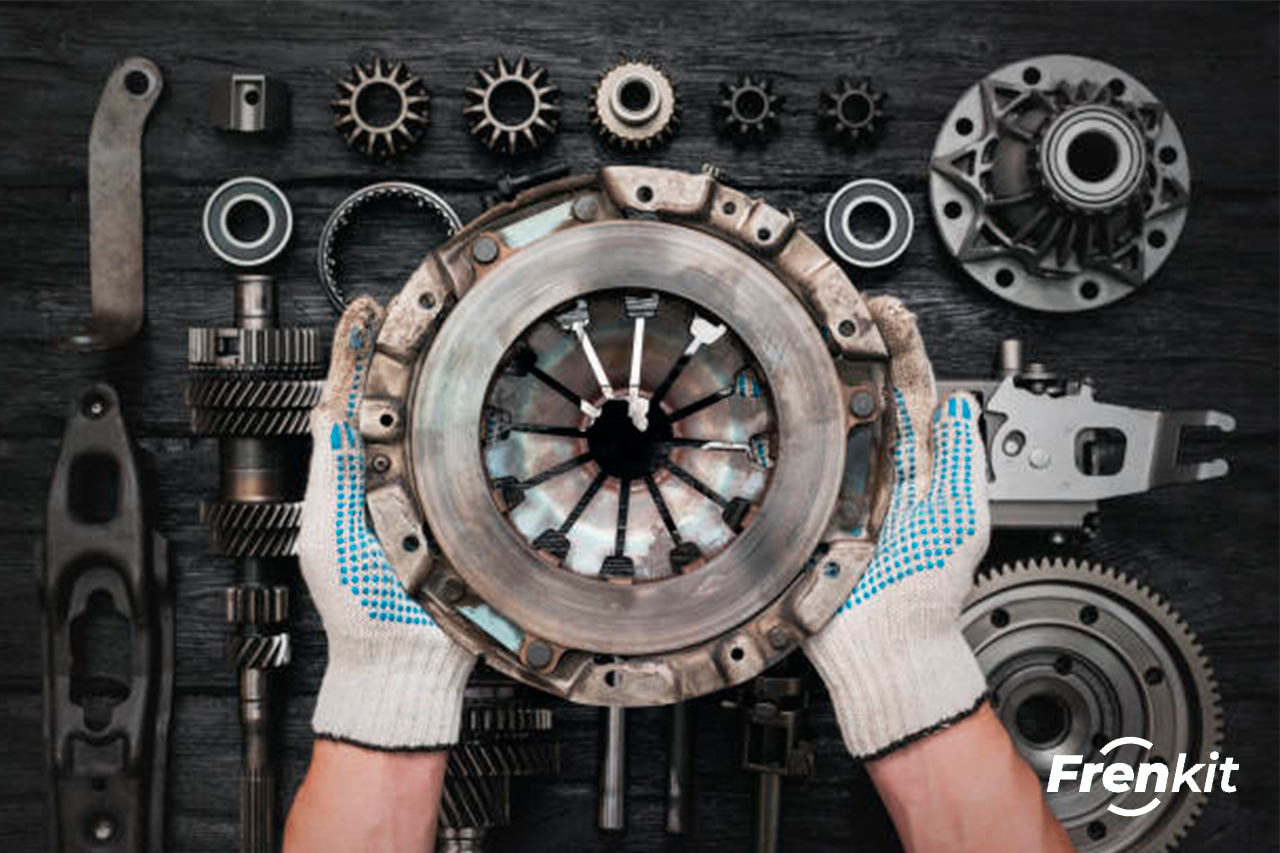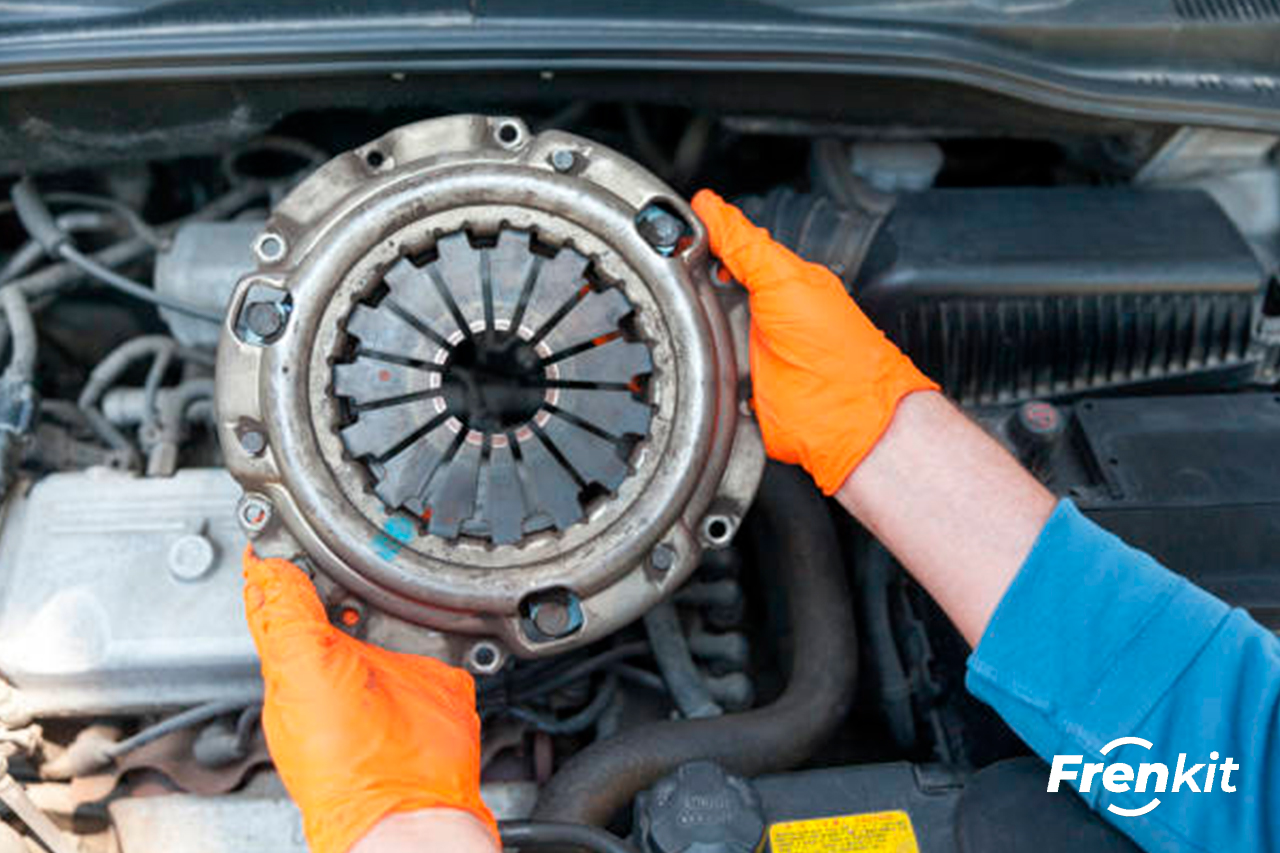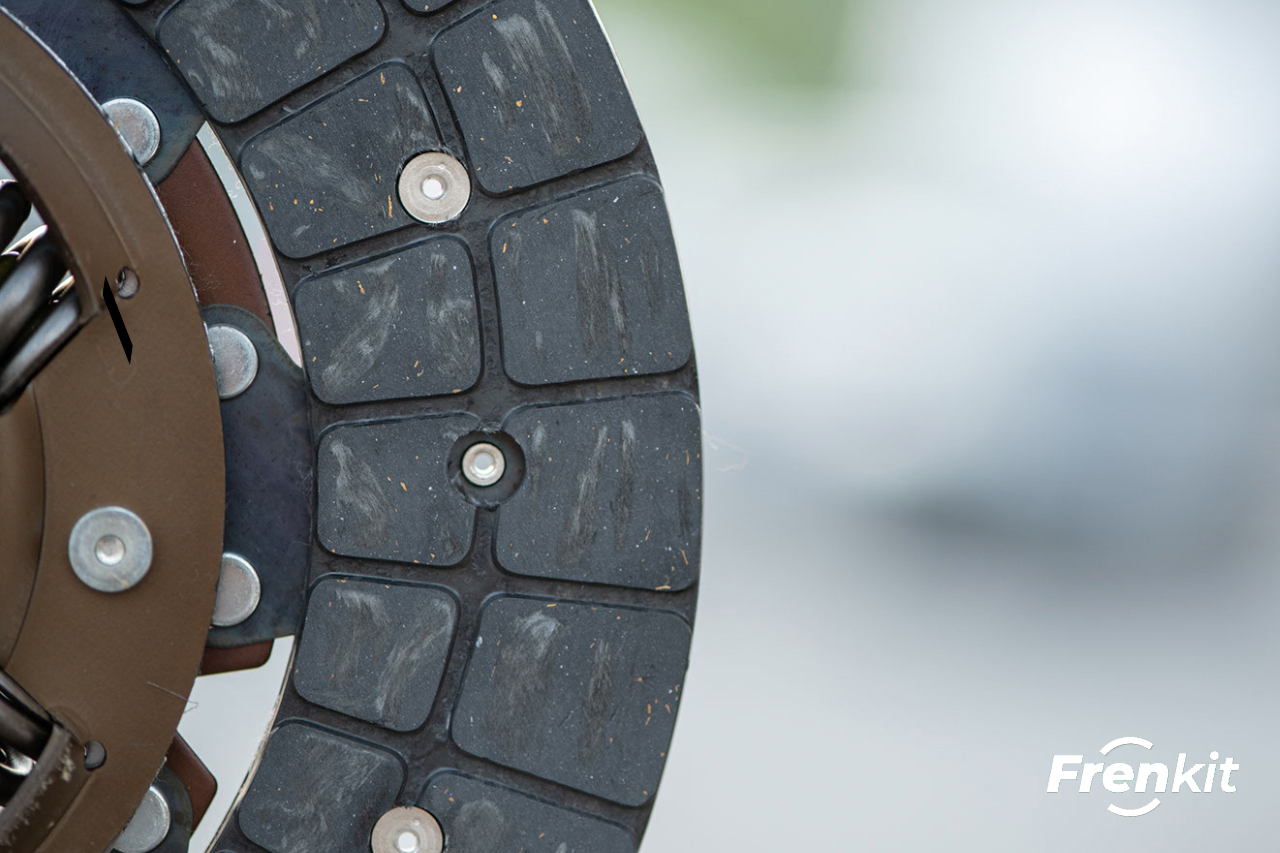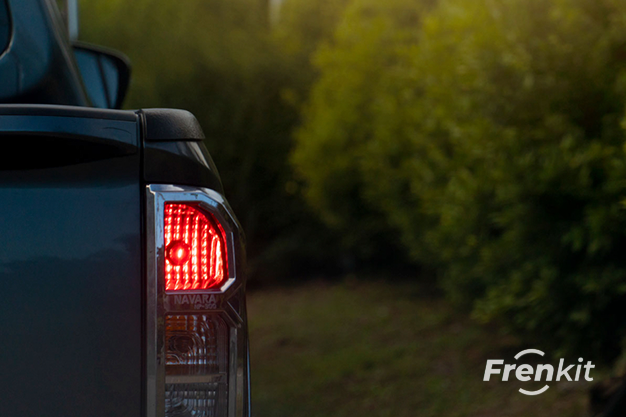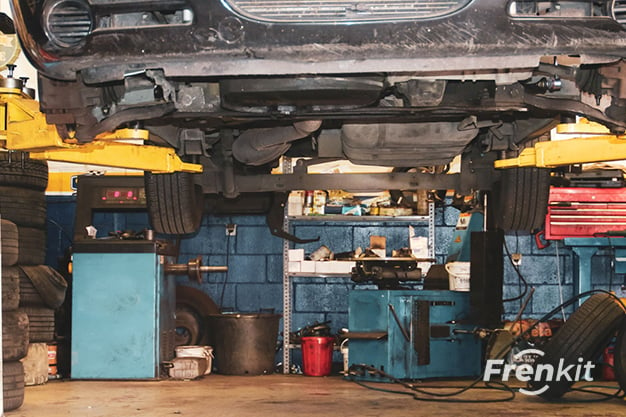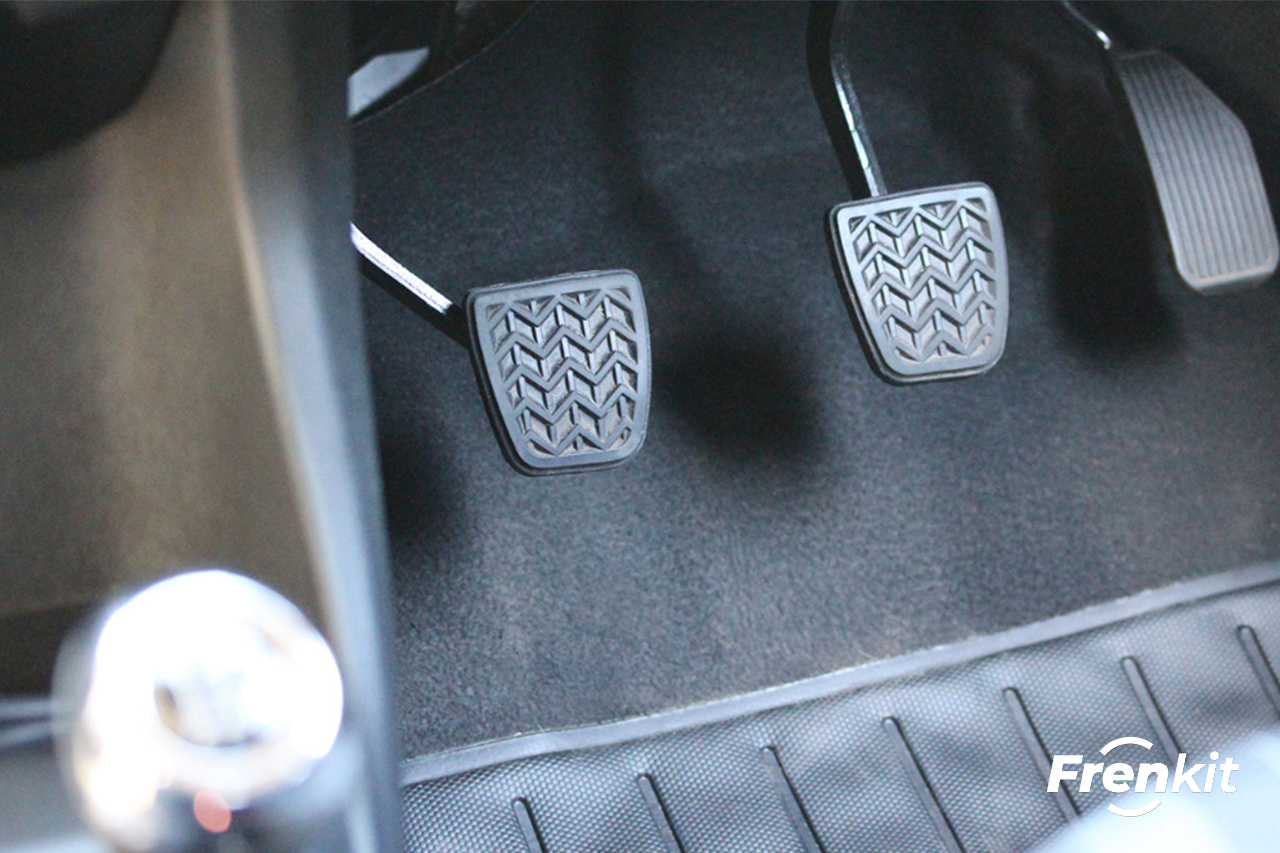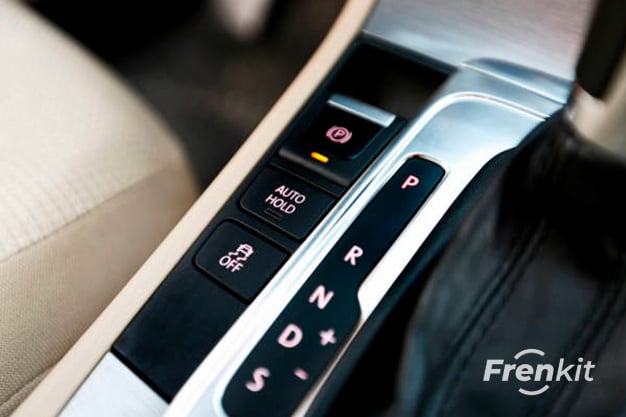The decision between using a motorcycle brake caliper repair kit or opting for complete replacement depends on several factors. Here are key factors to help you determine when is the right time for each option:
Repairing your motorcycle brake calipers using a repair kit can be a rewarding task and, most importantly, it helps to maintain an efficient and safe braking system. Below, we provide you with a guide with the fundamental steps for repairing brake calipers using a kit:
Choosing the right kit for your motorcycle is essential to ensure effective maintenance and optimal performance of the braking system. Here are some important steps and considerations you should keep in mind:
Brake caliper maintenance is crucial for ensuring the safety and optimal performance of a motorcycle's braking system. The calipers play a pivotal role in stopping the bike by clamping down on the brake discs, converting kinetic energy into heat. Regular maintenance, including the use of repair kits, is essential. Here's a detailed guide on the importance of brake caliper maintenance and the role of repair kits:
Motorcycle brake calipers are crucial components in a motorcycle's braking system, responsible for clamping down on the brake discs to generate the stopping force. These calipers consist of several key parts, each playing a specific role in the braking process. Here are the main motorcycle caliper brake parts:
Motorcycle brake caliper rebuild kits are sets of components designed to restore or repair the brake calipers of a motorcycle. These kits are useful when the calipers show signs of wear, brake fluid leaks, or when one aims to enhance the braking system's performance. Here's everything you need to know about these kits.
While it is true that everyone drives their car in a different way, some of these ways are not always the most appropriate.
The clutch allows the correct transmission of power from the engine to the gearbox, which eventually passes to the wheels of the car.
Within the motion transmission system, the clutch mechanism is responsible for allowing or interrupting the passage of mechanical power from the engine to the gearbox; either at the driver’s will (manual clutches) or automatically (automatic clutches). This function is essential in order to be able to disengage the engine and operate the gearbox so that the engine speed at which the engine is working is optimal at all times.
The car’s clutch is a system that allows the correct transmission of power from the engine to the gearbox, which then passes to the car’s wheels.
The days of the lever-operated parking brake are numbered. It is becoming more common to see that new car models now have electrically operated parking brakes, also known as Electric Parking Brake (EPB). Except on rare occasions, few new vehicles can be found today with a lever-operated parking brake, whereas just a few years ago it was rare to see an electric parking brake.
Nowadays, the vehicles that are appearing on the market have been adapting to new changes. One of these changes has been the application of new technologies to the various cars, and drivers have benefited considerably as a result.
The electric parking brake is characterised by a mechanism that locks the wheels of the vehicle, designed to keep the vehicle stationary.
What are the day-to-day differences between manual and electric brakes? Do they have any limitations?, which one is more reliable to use? These are some of the questions that may come to mind when deciding between the two braking systems.
The electric parking brake, or EPB, has the function of ensuring that the car does not move inadvertently. When this system is activated, it emits a tensile power so that the vehicle does not move unintentionally.

.jpg)
